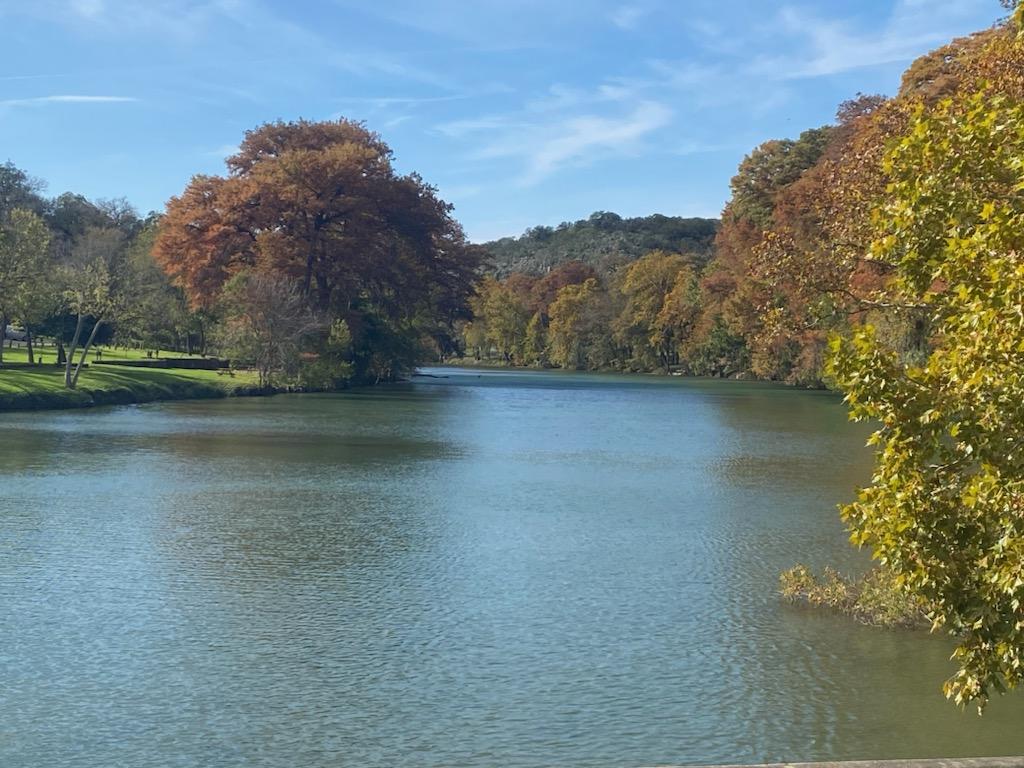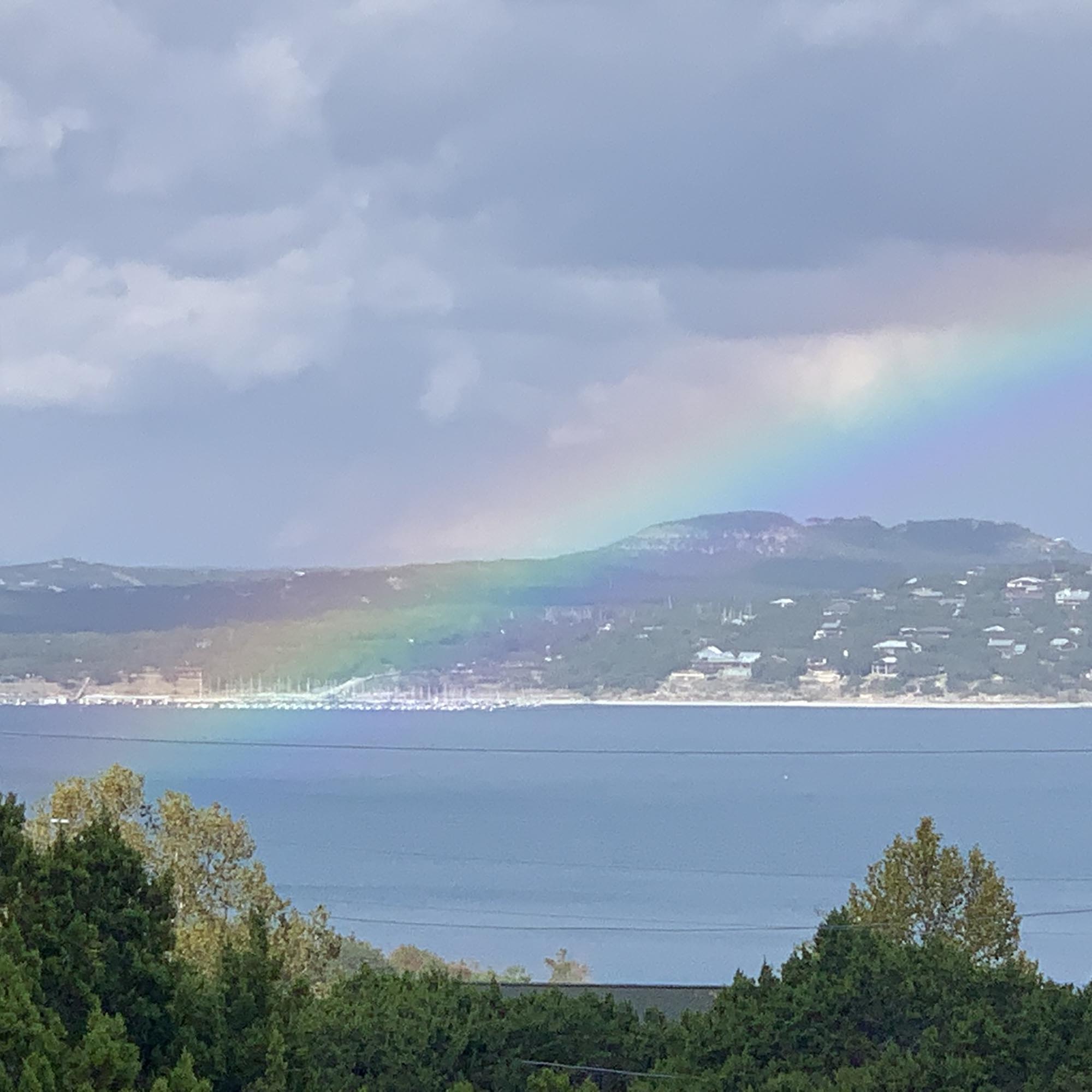Water
Are you new to Comal County? Please click here for information you need to know.
Water Supply
Water is a precious resource in Comal County, supporting our vibrant community and natural ecosystems. However, with increasing population growth and climate variability, managing and conserving water resources has become more critical than ever.
Population Growth: Increased demand for residential, commercial, and agricultural water use. In the last 10 years the population of Comal County has grown by 80,000. The current population of 203,928 is estimated to grow by another 45,000 in the next five years.
Climate Variability: Droughts and periods of heavy rainfall affecting water availability and quality. According to the National Integrated Drought Information System, all of Comal County is in some level of drought condition from Abnormally Dy to Extreme Drought. Drought conditions are expected to persist.

Water Regulation
In Texas, water laws are unique and somewhat complex, governed primarily by two doctrines: the rule of capture for groundwater and the prior appropriation doctrine for surface water.
The rule of capture, often referred to as the “law of the biggest pump,” governs groundwater use in Texas. Here are the key points:
Ownership: Landowners have the right to pump and capture any amount of groundwater beneath their property, regardless of the impact on neighboring wells. This means that if you own the land, you can extract as much water as you can, even if it depletes the aquifer affecting others.
No Liability: Under this rule, a landowner is generally not liable for causing the drying up of neighboring wells due to their groundwater extraction.
Regulations: The Comal Trinity Groundwater Conservation District does not regulate pumping from exempt wells incapable of producing 25,000 gallons per day.
Surface water in Texas, including rivers, lakes, and streams, is governed by the prior appropriation doctrine, which is summarized by the phrase “first in time, first in right.” Here are the key points.
Permits: To use surface water, individuals or entities must obtain a permit from the Texas Commission on Environmental Quality (TCEQ). The permit specifies the amount of water that can be used and the purpose for which it can be used.
Priority: The priority of water rights is determined by the date the water right was acquired. In times of shortage, those with older (senior) water rights have priority over those with newer (junior) rights. This means that if you have an earlier water right, you get your full allocation before someone with a newer right gets any.
Use it or Lose it: Water rights can be lost if not used. If a water right is not exercised for ten consecutive years, it can be subject to forfeiture.
Water Conservation
Conservation is the key to sustainability and the least expensive way to add to our water supply. Learn practical ways to reduce water waste, protect our natural water sources, and promote a culture of conservation in Comal County. From individual actions to community-wide initiatives, every drop counts. By prioritizing conservation, we can extend our water resources and ensure a sustainable future for Comal County.

Photography Credits – Banner: Dan Tharp, Guadalupe River: Nicholas Deane, Canyon Lake: Tera Weiss
